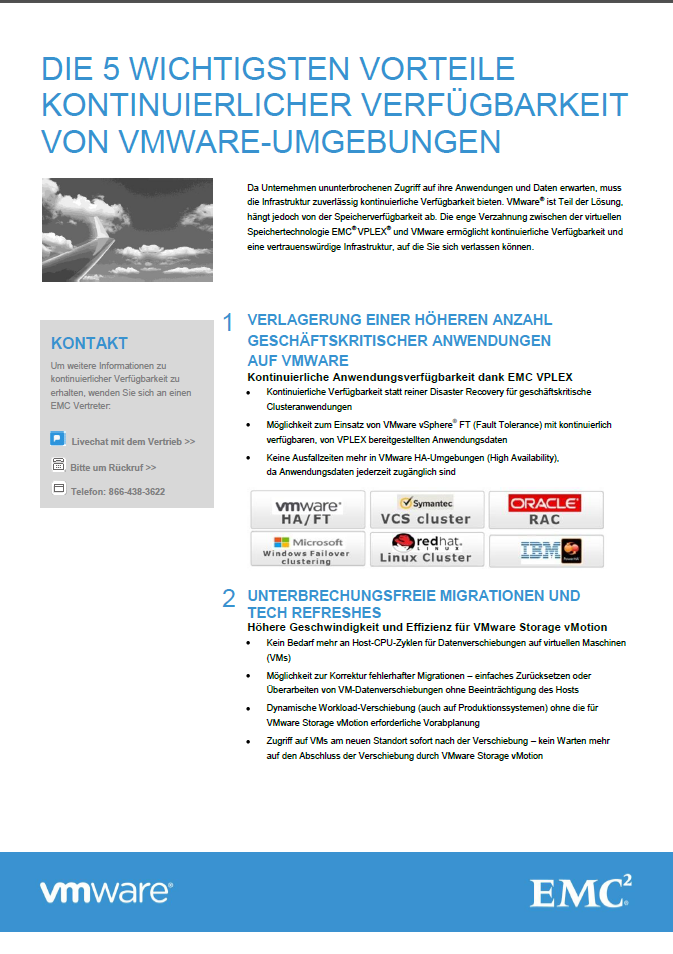Unterstützung für die mobile Belegschaft: Best Practices im Enterprise-Mobility- Management
Geschäftlicher Erfolg hängt heute in hohem Maß davon ab, wie gut ein Unternehmen seine mobilen Mitarbeiter mit Arbeitsmitteln ausstattet. Dazu gehört der sichere und zuverlässige Zugriff auf Business-IT-Ressourcen – Anwendungen, Daten und Services – von beliebigen Endgeräten aus, auch solchen, die sich im Privatbesitz der Mitarbeiter befinden. Die drei Grundgedanken des Enterprise- Mobility-Managements (EMM) sind:









